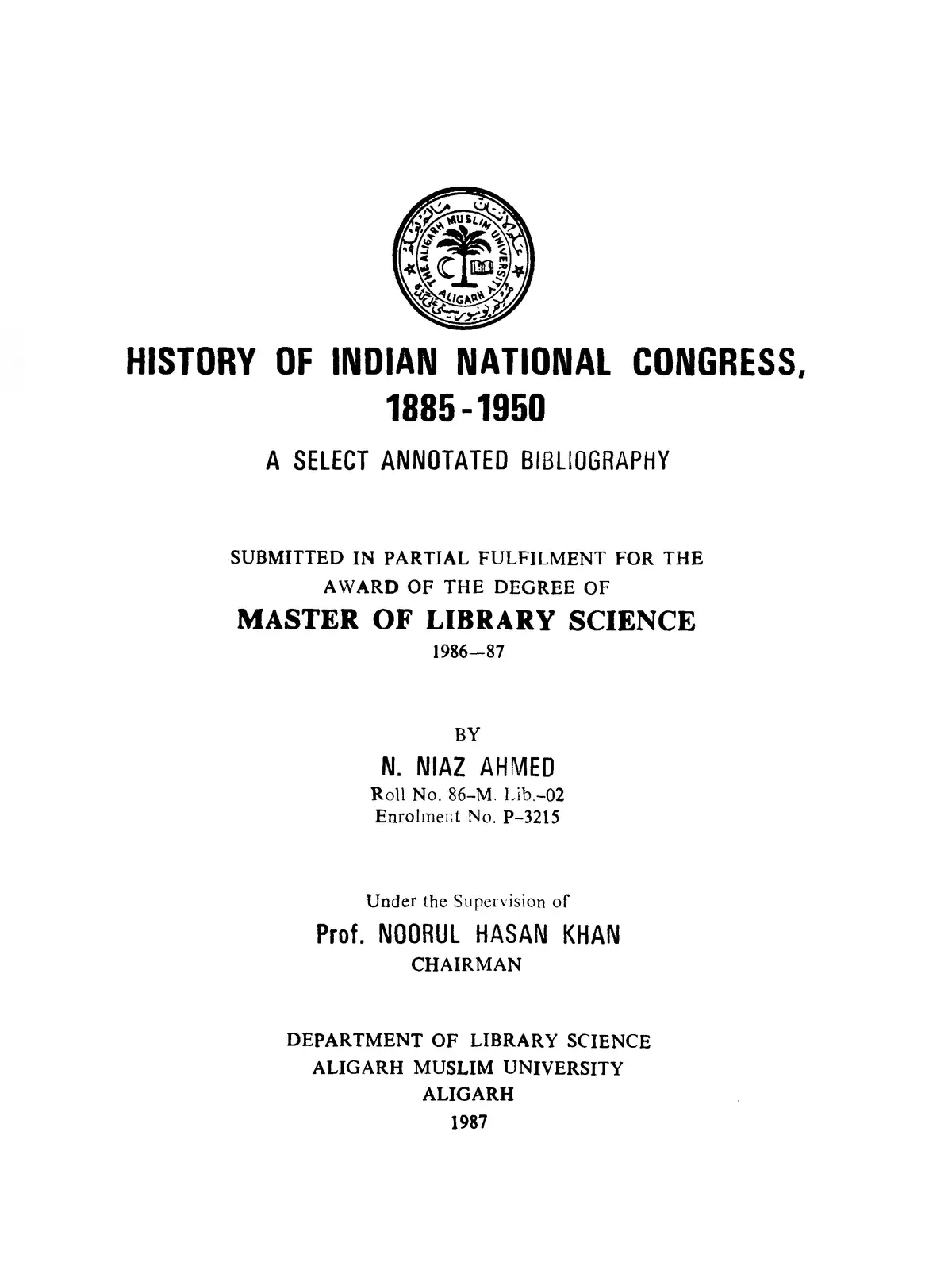History of Indian National Congress 1885 – 1950 - Summary
The history of the Indian National Congress from 1885 to 1950 is an important record of India’s steady fight for freedom from British rule. Since it started in 1885, the Indian National Congress (INC) has played a central role in India’s political growth and struggle for independence.
Origins and Formation of the Indian National Congress
The INC was started by Allan Octavian Hume, a retired officer from the British Indian Civil Service, who wanted to create a space for discussion among English-educated Indians. This happened at an important time when India’s governance was shifting from the East India Company to the British Crown.
It’s interesting to see how the British administration supported the rise of the Congress by encouraging English-educated Indians to take part. This was part of the British Raj’s strategy to keep control through a cooperative group of Indians.
Role of INC in India’s Freedom Movement
The Indian National Congress grew quickly under leaders like Mohandas Karamchand Gandhi, Jawaharlal Nehru, Sardar Vallabhbhai Patel, and Subhas Chandra Bose. These leaders changed the INC into a strong national movement that brought people from different social and regional backgrounds together in the fight for freedom.
Main movements led by the INC, such as the Non-Cooperation Movement, the Civil Disobedience Movement, and the Quit India Movement, were important events in India’s path to independence. These campaigns encouraged many people to join in and built a shared national spirit.
If you want a detailed study, you can download the Indian National Congress history 1885-1950 PDF from the link below. This complete PDF provides useful information about an important part of Indian history.
